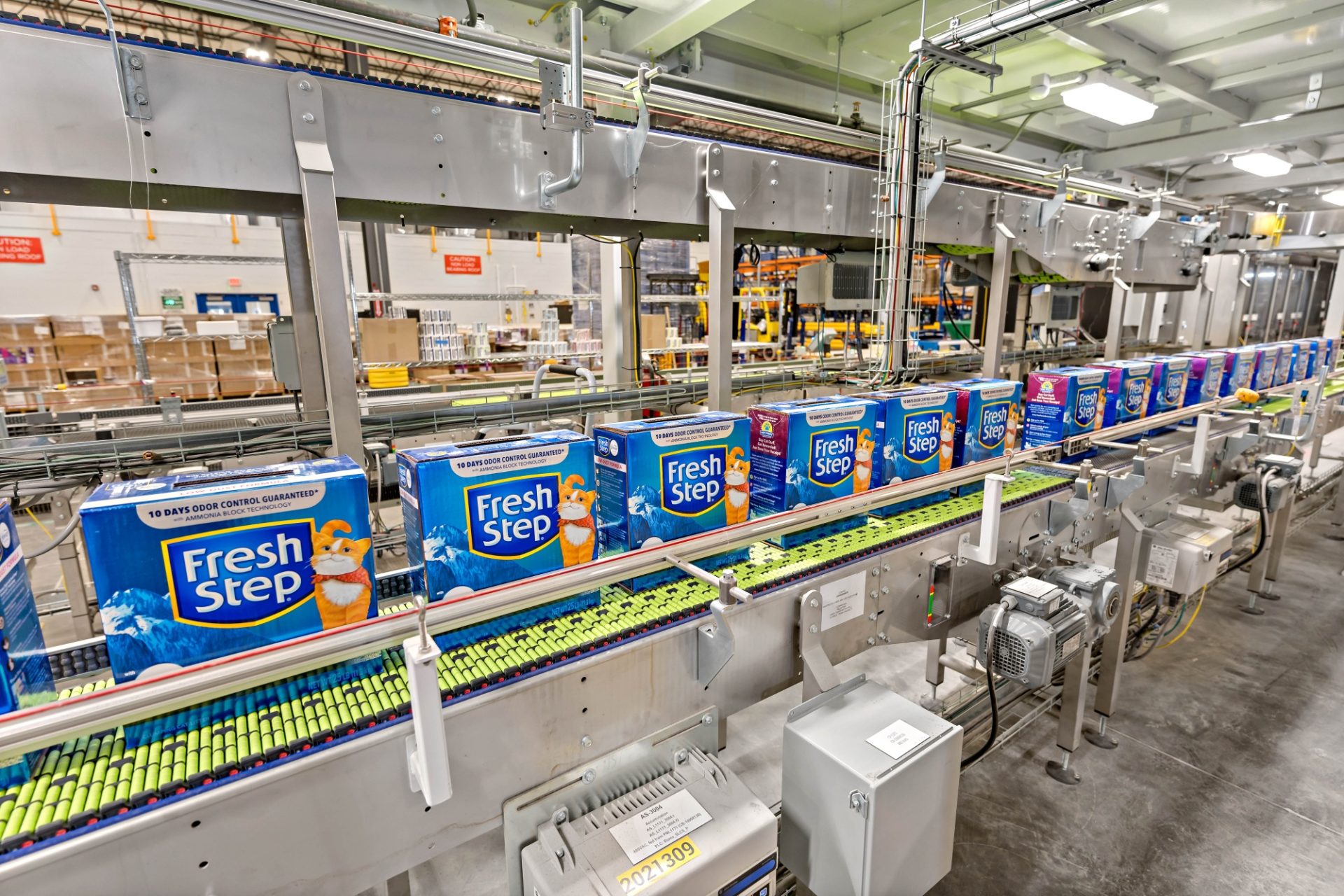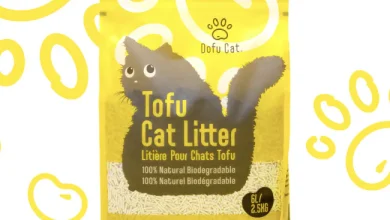The journey of mixed cat litter from its raw material origins to the store shelf involves a series of complex processes and meticulous steps. Modern cat litter factories are equipped with advanced technology and adhere to stringent quality controls to ensure that the final product meets high standards of performance and safety. In this blog, we will trace the path of mixed cat litter through the various stages of production, from sourcing raw materials to delivering the finished product to retailers.
1. Sourcing Raw Materials
Material Selection
- Types of Materials: Mixed cat litter typically combines various materials, including clay, corn, wood, and paper. Each material is selected based on its properties, such as clumping ability, absorbency, and environmental impact.
- Supplier Partnerships: Factories establish relationships with suppliers to source high-quality raw materials. These partnerships ensure a consistent supply of materials that meet the required specifications for performance and safety.
Quality Assurance
- Pre-Production Testing: Before production begins, raw materials undergo rigorous testing to verify their suitability for blending. This includes assessing moisture content, particle size, and other characteristics that influence the final product’s performance.
- Material Handling: Proper storage and handling of raw materials are crucial to prevent contamination and ensure consistency. Factories implement procedures to maintain the quality of materials throughout the production process.
2. Blending and Formulation
Blending Process
- Advanced Equipment: Modern mixed cat litter factories use state-of-the-art blending equipment to combine different materials. This equipment ensures precise mixing and uniform distribution of components.
- Formulation Optimization: Factories employ advanced formulation techniques to achieve the desired properties in the final product. This includes adjusting the ratios of materials and experimenting with different blends to optimize clumping, absorbency, and odor control.
Production Techniques
- Drying and Granulation: Some materials, such as corn or wheat, require drying and granulation before blending. This process ensures that the materials have the right texture and moisture level for effective performance.
- Mixing and Processing: Once the materials are blended, they are processed to form the final litter product. This involves sifting, cooling, and packaging the litter to ensure it meets quality standards.
3. Manufacturing and Quality Control
Production Line Operations
- Automated Systems: The production line in a Mixed cat litter factory is often highly automated, with machinery handling tasks such as mixing, granulating, and packaging. Automation improves efficiency and consistency while reducing the potential for human error.
- Real-Time Monitoring: Factories use real-time monitoring systems to track various parameters during production, such as temperature, moisture levels, and blend consistency. This ensures that the final product meets quality specifications.
Quality Control Procedures
- Performance Testing: The mixed cat litter undergoes rigorous performance testing to evaluate its clumping ability, absorbency, and odor control. This testing ensures that the litter performs as expected and meets consumer expectations.
- Safety Testing: Safety is a top priority in the production process. Factories conduct safety tests to check for harmful chemicals, contaminants, and allergens. This includes testing for dust levels and ensuring that the litter is safe for pets and humans.
4. Packaging and Distribution
Packaging Solutions
- Material Choices: The choice of packaging material is crucial for protecting the litter and ensuring its freshness. Factories use a variety of packaging options, including recyclable and biodegradable materials, to align with sustainability goals.
- Labeling and Branding: Packaging also includes labeling, which provides important information about the product, such as ingredients, usage instructions, and environmental benefits. Effective branding helps attract consumers and differentiate the product in the market.
Distribution Logistics
- Warehousing: Finished products are stored in warehouses before distribution. Proper warehousing practices ensure that the litter is kept in optimal conditions to prevent contamination and maintain quality.
- Supply Chain Management: Factories coordinate with distributors and retailers to manage the supply chain efficiently. This includes scheduling deliveries, managing inventory, and ensuring timely availability of the product in stores.
5. Sustainability and Innovation
Eco-Friendly Practices
- Sustainable Sourcing: Many mixed cat litter factories are committed to sustainable sourcing of raw materials. This includes using renewable resources and minimizing environmental impact.
- Waste Management: Factories implement waste management practices to reduce waste and recycle materials. This helps to minimize the environmental footprint of the production process.
Technological Advancements
- Smart Manufacturing: The integration of smart technology and automation is transforming the production process. Smart systems enhance efficiency, improve quality control, and enable real-time adjustments to production parameters.
- Product Innovation: Ongoing research and development drive innovation in mixed cat litter. Factories explore new materials, formulations, and technologies to improve product performance and address evolving consumer needs.
6. Challenges and Solutions
Production Challenges
- Material Variability: Variations in raw materials can impact the consistency of the final product. Factories use advanced quality control measures to manage material variability and ensure product uniformity.
- Cost Management: Balancing production costs with product quality is an ongoing challenge. Factories strive to optimize production processes and source materials cost-effectively while maintaining high standards.
Market Competition
- Consumer Preferences: The competitive market requires factories to stay ahead of consumer trends and preferences. This includes offering innovative products that meet the demands for performance and sustainability.
- Regulatory Compliance: Compliance with regulations and industry standards is essential. Factories must stay informed about regulatory changes and ensure that their products meet all relevant requirements.
Conclusion
The journey of mixed cat litter from raw materials to retail involves a complex and carefully managed process. Modern cat litter factories utilize advanced technology, rigorous quality control, and sustainable practices to produce high-performance products that meet consumer needs.
From sourcing raw materials and blending formulations to packaging and distribution, each stage of production plays a critical role in delivering a quality product. As the industry continues to evolve, mixed cat litter factories will face new challenges and opportunities, driving innovation and enhancing their contributions to the pet care market.
By understanding the intricate processes and advancements behind mixed cat litter production, consumers can make informed choices and appreciate the efforts involved in creating effective and environmentally friendly pet care solutions.





